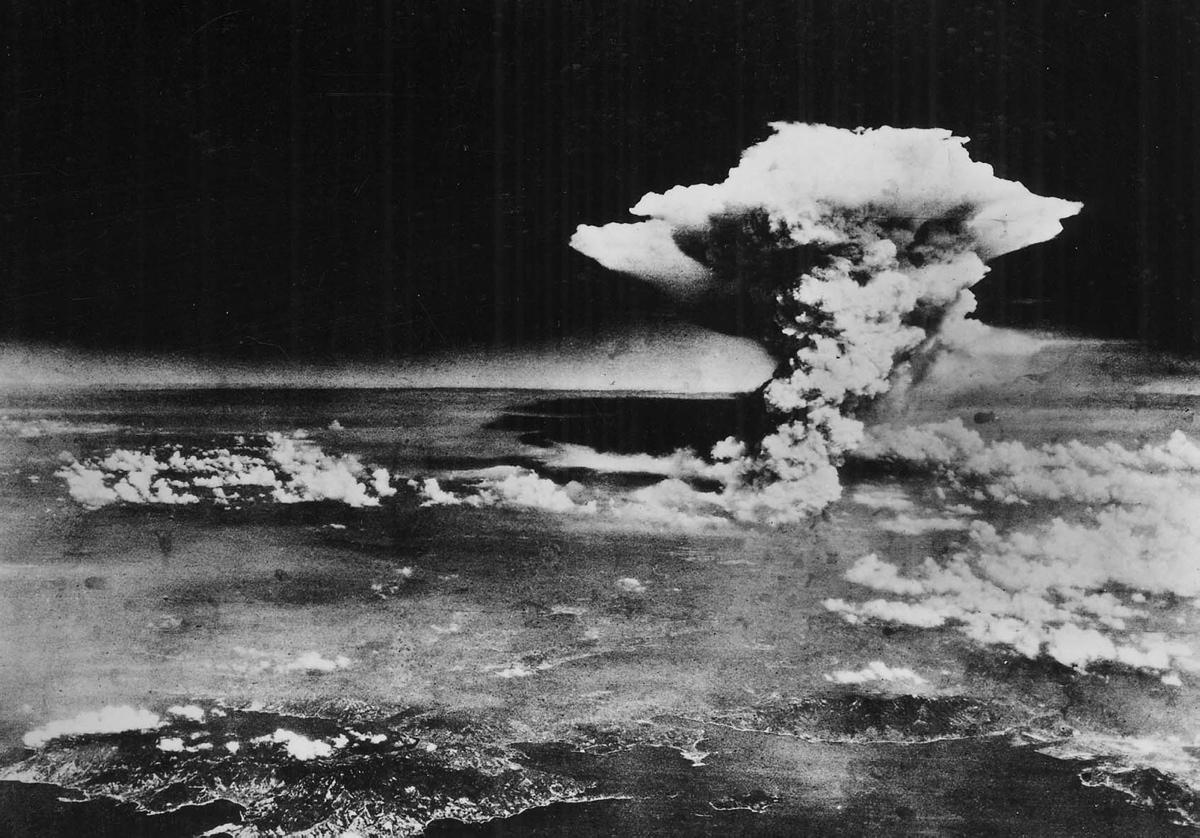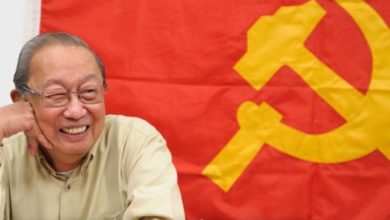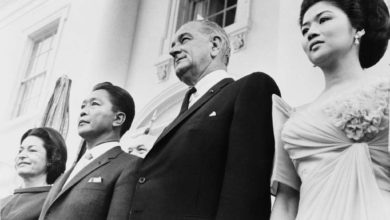The writer is a member of the Alliance for Just and Lasting Peace in the Philippines. He lives in Los Angeles.
President Gloria Macapagal-Arroyo’s subalterns in the Philippine House of Representatives have decided to convene themselves as a “constituent assembly.” At the assembly, they will propose amendments to the 1987 constitution.
As a reaction, 23 out of 24 senators from the Philippine Senate signed a resolution condemning the House action.
|
The nefarious scheme is aimed at canceling the May 2007 elections, keeping the Arroyo regime in power, and concentrating unlimited powers on Arroyo under the pretext of changing the form of government from presidential to parliamentary. It is the same trick played by Marcos in 1972-73.
Philippine constitutions: A history
Unlike the United States, which has had only one constitution since 1787, the Philippines has had six constitutions over the last 106 years. It had the Malolos constitution, the first of its kind in the whole continent of Asia; the Commonwealth constitution of 1935 that was replaced by the 1973 Marcos constitution; the constitution adopted during the Japanese occupation from 1943-45; the Freedom constitution of 1986; and the present 1987 constitution that the United States wants to be changed to suit its interests and those of the ruling Arroyo clique in the Philippines.
The Malolos constitution of the short-lived first Philippine Republic from 1898-1902 instituted the separation of church and state. Basically reflecting the anti-colonial and anti-clerical feelings of the time, the constitution outlawed church control over the lives of the people. It did not last long because the Filipino-American War was fought. The Filipinos lost the war and were colonized by the Americans.
During the U.S. occupation, the Philippines was governed by sequentially by the Philippine bill of 1902, the Jones Law of 1916 and then the Philippine constitution of 1935. During this period, the Filipinos experimented with a succession of unicameral and bicameral legislatures until the commonwealth government was established in 1935. Under the 1935 constitution, the president of the commonwealth was elected, but was also subject to the authority of the United States.
Amendments and changes
In its lifetime, the U.S. constitution has undergone 27 amendments. But the Philippine constitution has had only one amendment. In 1940, the constitution was amended to change the term of the president from six years without reelection to four years but not exceeding eight years after reelection.
Also during this period, a bicameral Congress was established to replace the unicameral National Assembly, and the statutory Commission on Elections was constitutionalized. The charter was suspended during the war and was reinstated after the U.S. reoccupation in 1944.
In 1967, a proposal to amend the constitution by convening Congress as a constituent assembly was placed in a ballot through a plebiscite. The Filipino people, knowing that the Congress was filled with crooks, rejected the proposal and opted for an elected constitutional convention in 1971.
This is what is happening today. The game plan that the U.S.-Arroyo government is implementing is that the House-only constituent assembly will propose an amendment to turn the bicameral congress to a unicameral one, abolish the senate, conduct a plebiscite in February 2007 and scrap the coming elections now set for May 2007.
This will extend the term of Arroyo and the members of Congress, and it will implement her scheme of perpetuating herself in power. The Arroyo regime is hell-bent on removing all restraints on the powers of the commander-in-chief and on the proclamation of martial law. It is obsessed with escalating human rights violations in line with the all-out war policy against the revolutionary movement, the legal opposition and the people. It is promoting the Bush policy of global war of terror.
In violation of the national sovereignty of the Filipino people, the regime is set on further selling out the national patrimony under the guise of providing “national treatment” to foreign monopoly investments in all lines of businesses. This is in subservience to the U.S. policy of “free market” globalization, which has already ruined the economy.
The puppet regime is also eager to delete from the 1987 constitution the provisions banning foreign military bases, foreign troops, and nuclear, biological and chemical weapons of mass destruction in Philippine territory. It follows the dictate of the United States to further entrench its military power in the Philippines and make the country a launching pad of U.S. aggression in East Asia.
‘GMA express’—the recycled Marcos way
Marcos offered the Constitutional Convention of 1971 as a way of allaying the violent contradictions in Philippine society. But Marcos really intended to bribe and capture it; to use it to legitimize a fascist dictatorship and prolong his rule.
The progressive sectors and the opposition, however, exposed and opposed Marcos’s schemes to bribe and influence
|
Marcos declared martial law in 1972. He imposed his own Marcos constitution in 1973 and jailed all those who opposed it and refused to sign. He then unilaterally reversed the patriotic decisions of the Supreme Court in the Quasha and Luzteveco cases. The decisions curtailed U.S ownership of land and the holding of majority seats by foreigners in Philippine corporations.
Through the 1973 constitution, Marcos expanded the extraordinary privileges of U.S.-based transnational corporations in the Philippines. Supreme executive, legislative and judicial authority also was grabbed by Marcos. He did away with the bourgeois-democratic rights, institutions and processes created by the 1935 constitution. He held rigged voting exercises, calling them citizens’ assemblies, referenda, plebiscites and elections.
What Marcos did is what Arroyo is now doing, starting with the “people’s initiative” and now the constituent assembly and the planned February plebiscite in 2007.
Under the so-called working paper, Arroyo will appoint the prime minister—she can appoint herself as prime minister—while the vice president will become the presiding officer of the assembly. This virtually gives her the same powers Marcos enjoyed under the transitory provisions of the 1973 constitution.
The people resist
But the people will not be cowed by Arroyo’s fascist impositions and legal charades. So many formidable and respected institutions, organizations and people, reflecting the common interest and sentiments of the Filipino people in their tens of millions, have stood up and opposed the charter change scheme launched by the Arroyo regime.
On Dec. 17, the opposition, different religious groups and the progressive sectors have called for nationwide local protests and a central mass gathering at the Rizal Park in Manila.
In the coming days, the Arroyo regime will only succeed in fanning the flames of the armed revolution if it ignores or suppresses—through military and police action—the resounding clamor of the people for doing away with the regime’s charter-change scheme.






